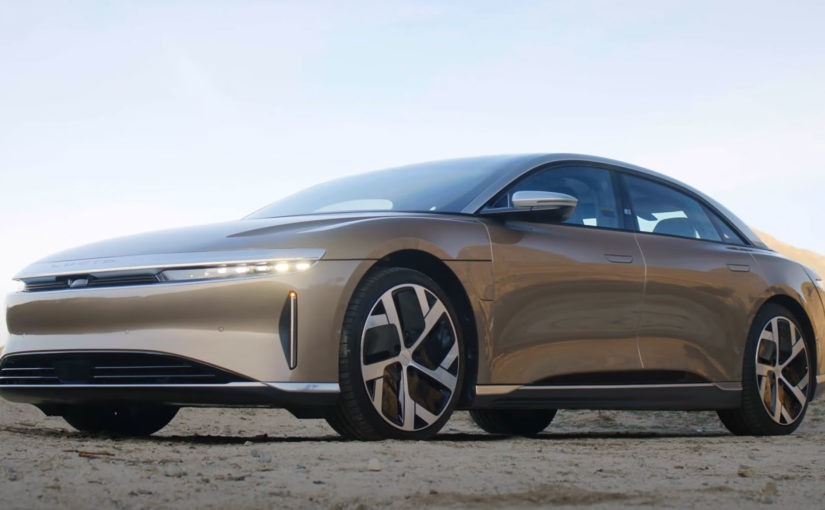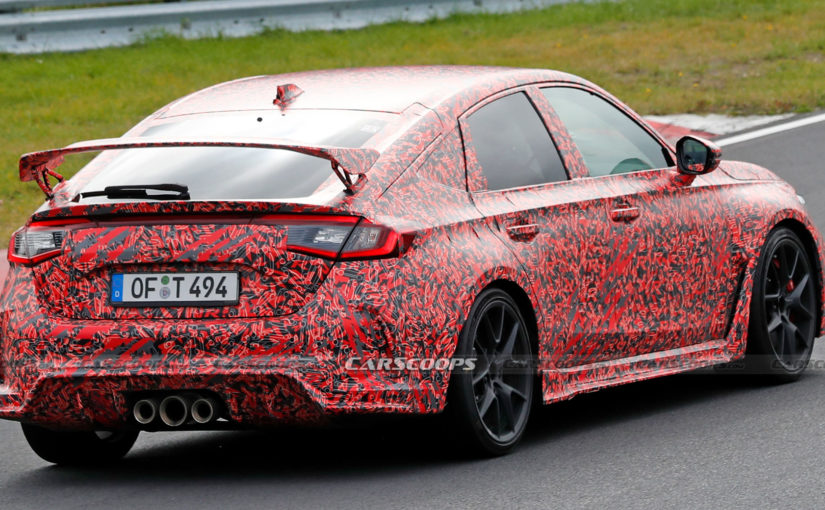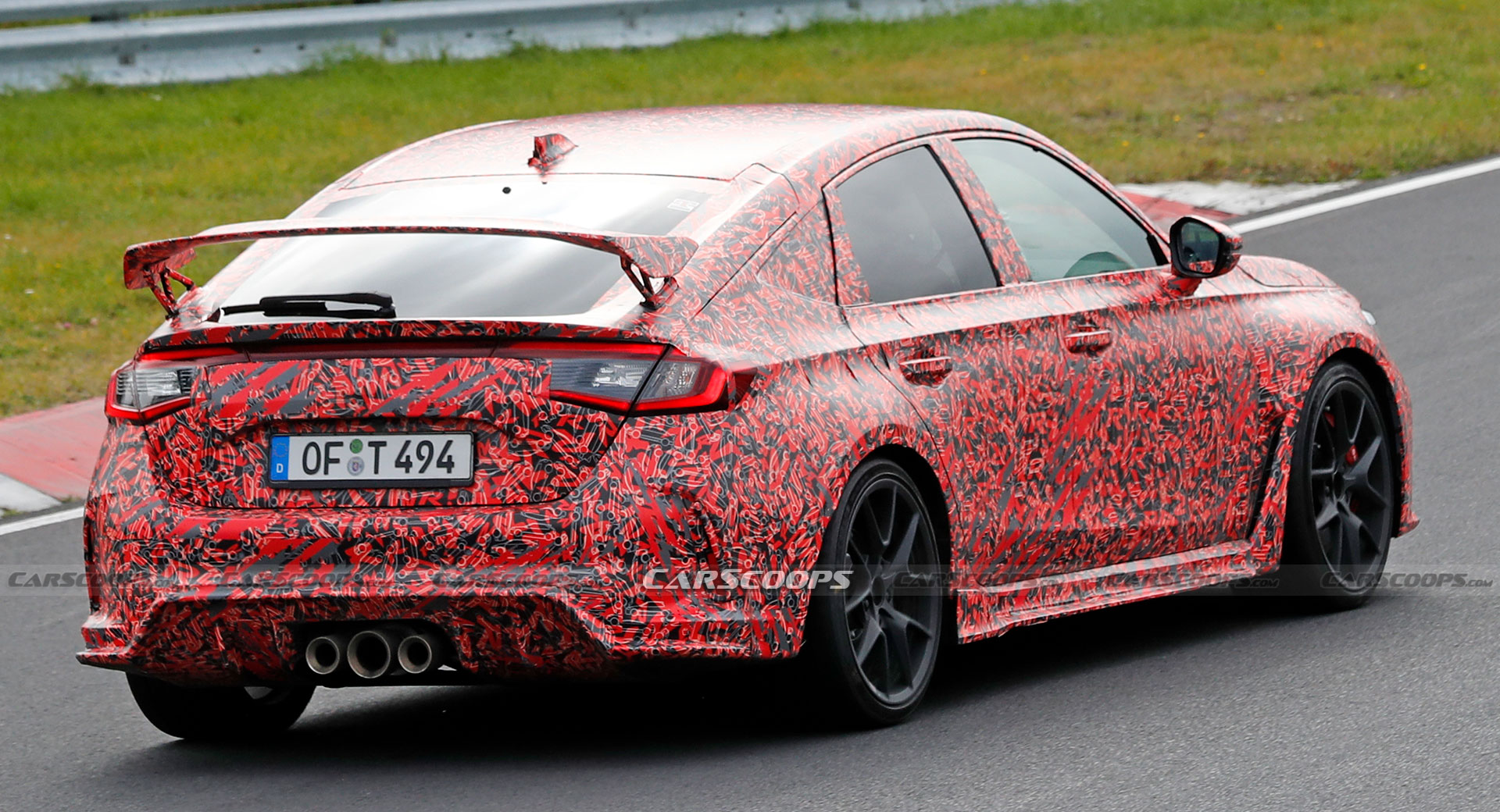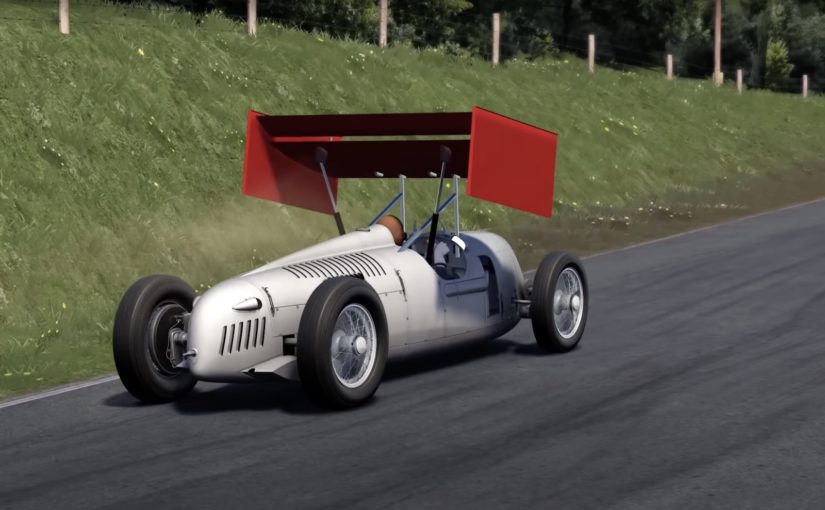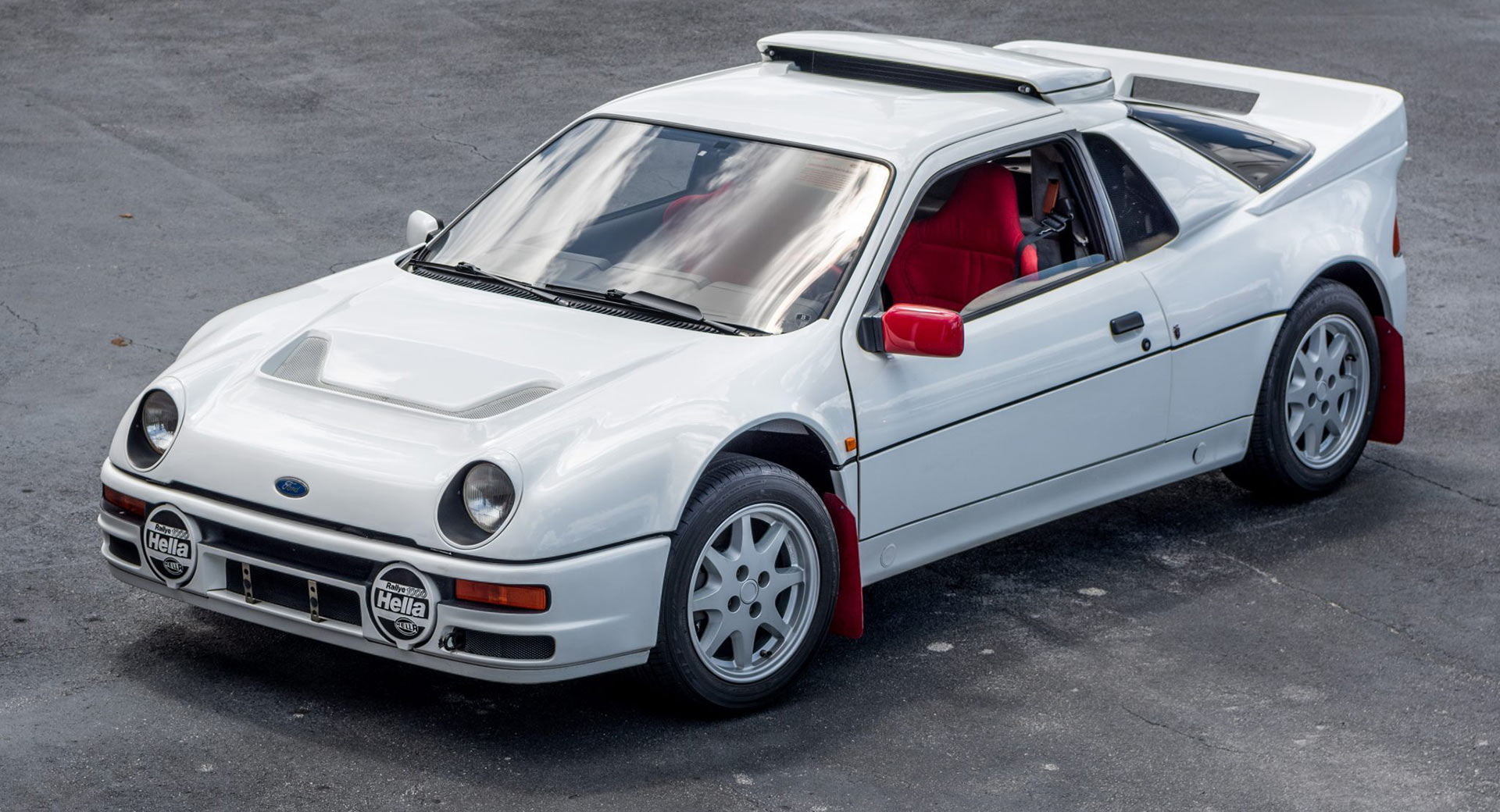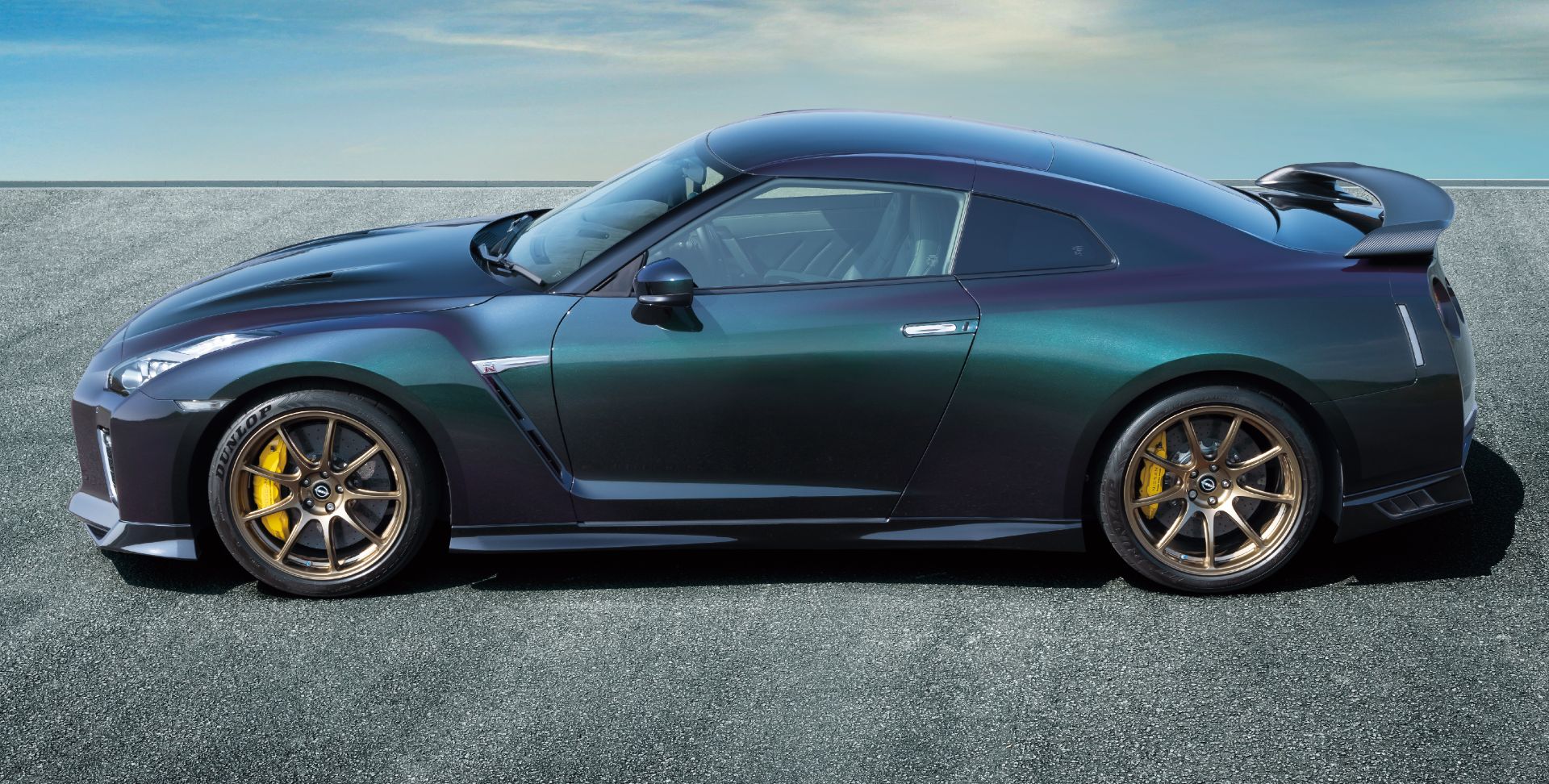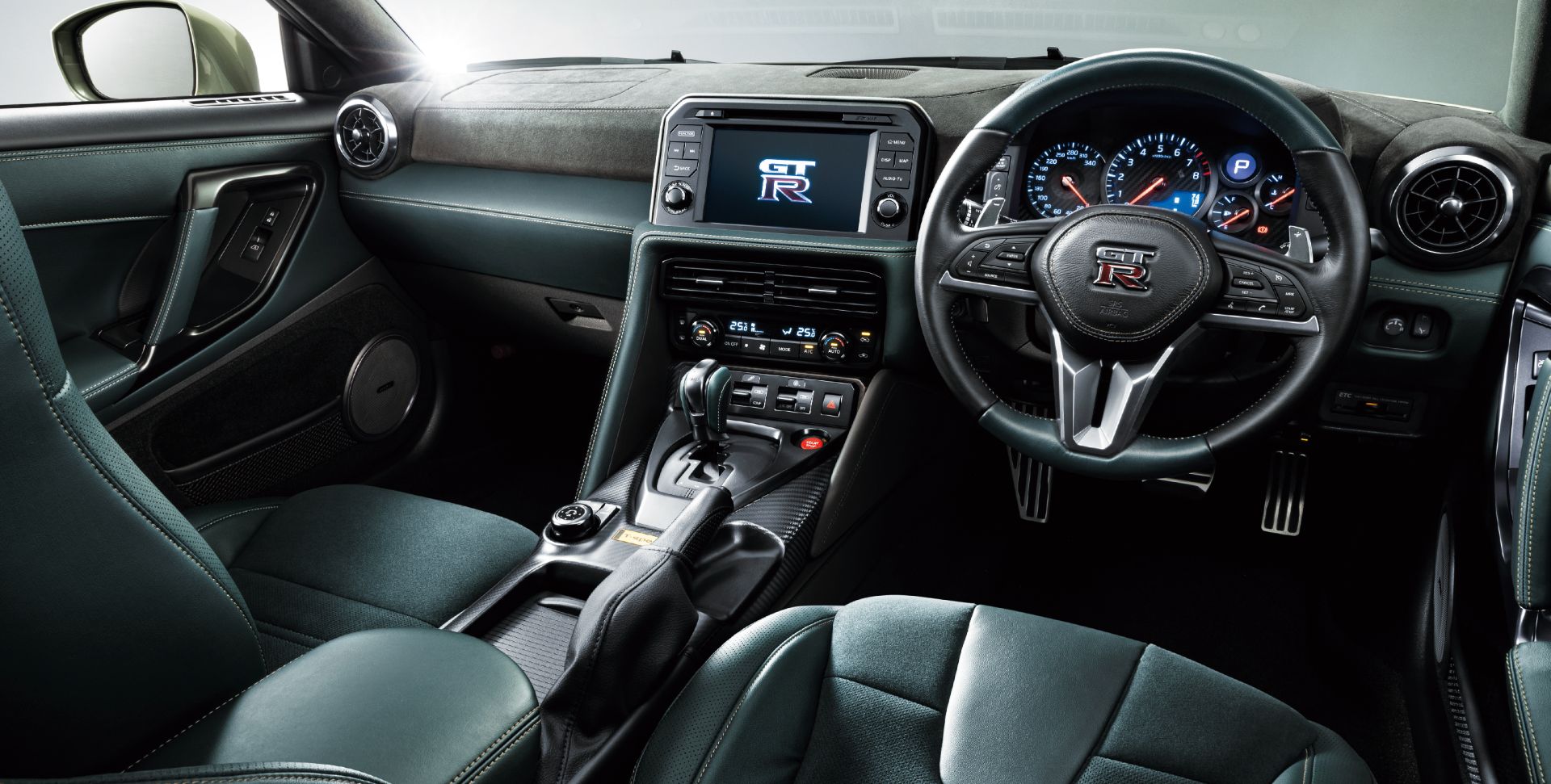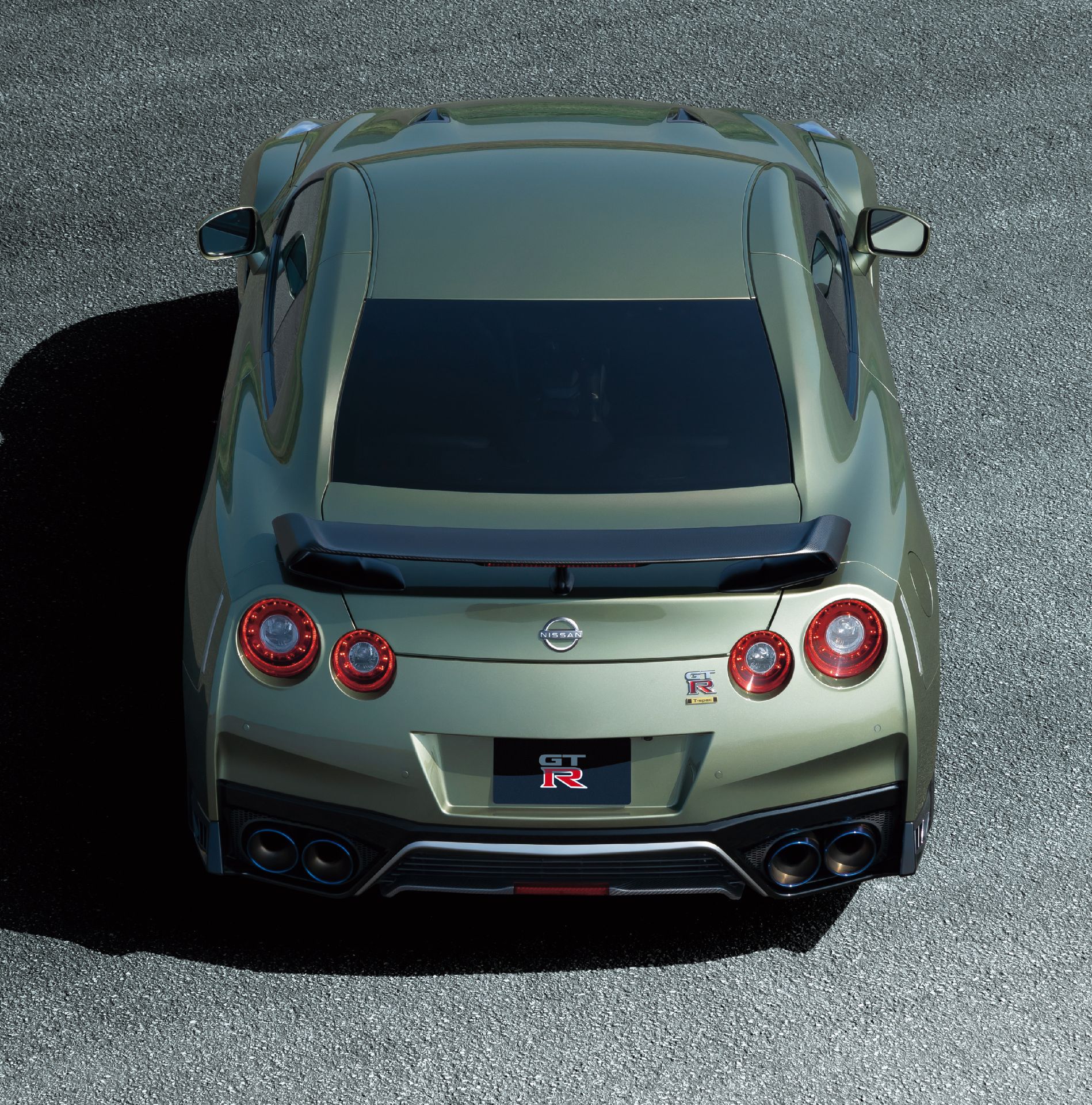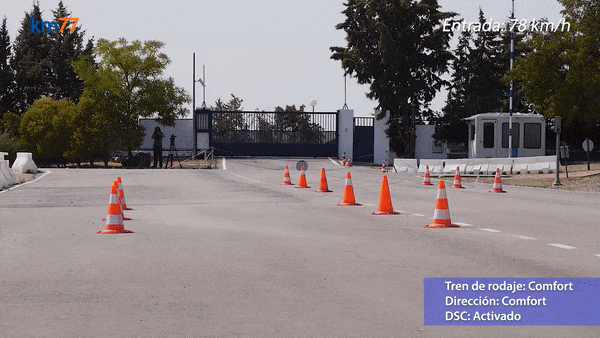
The all-electric Lucid Air may come from an automaker with no prior experience building cars but it has proven itself to be one of the finest electric vehicles on the market.
A bunch of journalists have had the opportunity to drive the Lucid Air over the past couple of months and most recently, the guys from Throttle House in Canada headed to California to put the Lucid Air Dream Edition Performance variant through its paces. They walked away from the review seriously impressed.
Powering this flagship variant of the Lucid Air are two electric motors that combine to produce 1,111 hp. It is the most performance-focused variant of the Air but it still offers a range of 471 miles (758 km). Those who don’t need all 1,111 hp can also purchase the Air Dream Edition in Range guise with 933 hp and 520 miles (837 km) of range.
Read Also: Lucid Makes The Very First Customer Deliveries Of The All-Electric Air
While testing the electric sedan, Throttle House notes that it feels like a luxury car first which is quite a bold statement considering the phenomenal performance that it offers. The Lucid Air also weighs several hundred pounds more than a Tesla Model S Plaid but despite that, it controls its mass incredibly well and offers up loads of grip and gives the driver heaps of confidence. Unlike the Model S Plaid, it also has a set of brakes that match the insane straight-line performance.
The Lucid Air has received a lot of praise recently and was even named as Motor Trend’s Car of the Year. Unlike some other electric vehicles, it has also started to reach the hands of customers and proves that while Tesla continues to dominate the EV market, it now has some serious rivals to worry about.
[embedded content]
